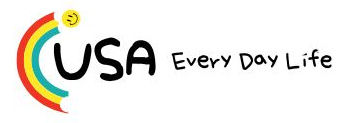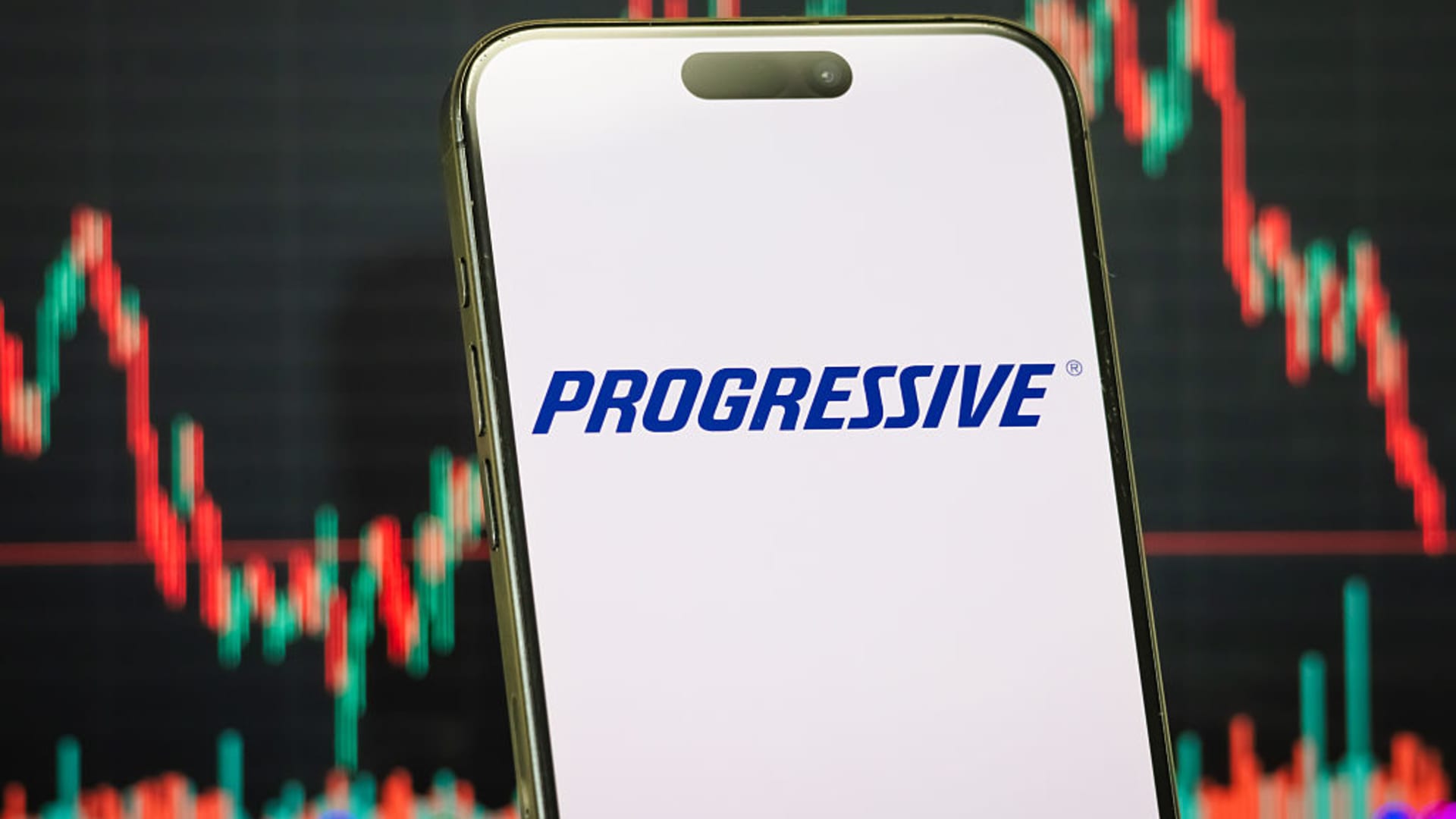Progressive is poised for significant Q2 EPS growth year over year, driven by reduced catastrophe losses, increased favorable reserve development, continued growth in investment income and a slightly improved underlying loss ratio. However, the company may encounter challenges in the second half of the year due to increased competition and rising loss costs. Analyst projections for consolidated Q2 premium growth, around 13%, appear optimistic, given that April and May already reported approximately 11%. While monthly consolidated underlying loss ratios have consistently improved, June presents a more difficult comparison. Despite this, the margin is expected to remain above its 2013-19 average, as tariffs are not anticipated to have a significant immediate impact. Investment income for the quarter, propelled by a remarkable turnaround for the markets generally since the lows of liberation day, should see a significant boost. The biggest challenge at the moment, though, is a technical one. You will observe in the chart below that Progressive appears to have broken definitively below the 150-day moving average. It could be that some investors are anticipating that Q2 earnings, which the company will report Wednesday will reveal that the property and casualty insurer’s outperformance relative to its peers could slow. It is also worth noting that Progressive has less exposure to some recent natural disasters than some competitors, such as Allstate, Travelers and Chubb. This may help explain why the company’s current multiple of ~15x forward earnings is notably higher than those names. Allstate, for example, trades at roughly 10x forward earnings, and Chubb and Travelers both trade at about 12x forward. The options market is implying an earnings-related move of about 3%, which is in line with the long-term historical average, suggesting that options prices are very reasonably priced heading into earnings. The trade A holder of the shares, happy with the company’s operating performance but troubled by the recent break through the long-term moving average, could hedge the earnings announcement at a very modest cost. For example, the July 22 weekly $242.50/$230 put spread costs roughly 1.3% of the current stock price. It would provide meaningful protection against a downside move like the company’s Q1 23 earnings, when the stock fell more than 6% following the quarterly earnings release. For those who don’t hold the shares but believe the technical move below the long-term moving average was a precursor to post-earnings weakness options traders could place a short-term bearish bet with this same spread with limited risk. Here’s a breakdown of the potential trade: Buy 1 July 25 $242.50 put Sell 1 July 25 $230 put DISCLOSURES: None. All opinions expressed by the CNBC Pro contributors are solely their opinions and do not reflect the opinions of CNBC, NBC UNIVERSAL, their parent company or affiliates, and may have been previously disseminated by them on television, radio, internet or another medium. THE ABOVE CONTENT IS SUBJECT TO OUR TERMS AND CONDITIONS AND PRIVACY POLICY . THIS CONTENT IS PROVIDED FOR INFORMATIONAL PURPOSES ONLY AND DOES NOT CONSITUTE FINANCIAL, INVESTMENT, TAX OR LEGAL ADVICE OR A RECOMMENDATION TO BUY ANY SECURITY OR OTHER FINANCIAL ASSET. THE CONTENT IS GENERAL IN NATURE AND DOES NOT REFLECT ANY INDIVIDUAL’S UNIQUE PERSONAL CIRCUMSTANCES. THE ABOVE CONTENT MIGHT NOT BE SUITABLE FOR YOUR PARTICULAR CIRCUMSTANCES. BEFORE MAKING ANY FINANCIAL DECISIONS, YOU SHOULD STRONGLY CONSIDER SEEKING ADVICE FROM YOUR OWN FINANCIAL OR INVESTMENT ADVISOR. Click here for the full disclaimer.





